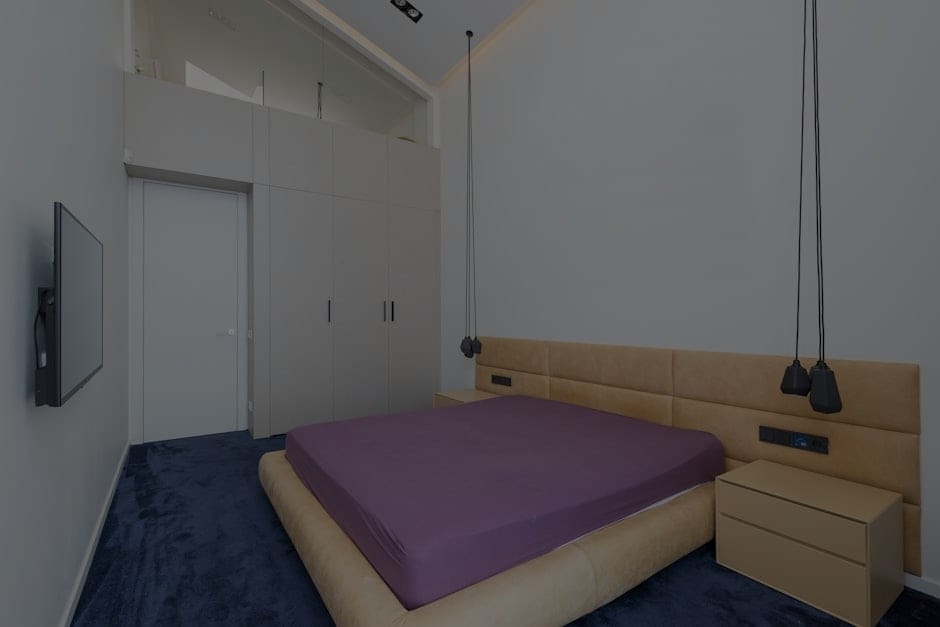**Abstract**: Discover the art of furniture arrangement to enhance the flow of positive energy in your home. Learn practical tips for creating a harmonious environment that nurtures well-being.
Understanding Feng Shui Basics
Feng Shui, an ancient Chinese practice, emphasizes the connection between our environment and our well-being. The placement of furniture plays a pivotal role in achieving balance and harmony within a space. By understanding the principles of Feng Shui, you can create a home that promotes positive energy, or “chi,” fostering tranquility and productivity. This involves considering not just the aesthetic appeal of your arrangement but also how it influences the energy flow throughout your living areas.
Key Principles of Furniture Arrangement
To achieve optimal Feng Shui flow, it’s essential to consider several key principles. First, the command position is vital; this means placing your main furniture pieces, such as beds and desks, where you can see the door without being directly in line with it. This position offers a sense of security and control. Additionally, avoid clutter and ensure pathways are clear, as this allows energy to circulate freely. Aim for a balance between yin (calm) and yang (active) elements in your arrangement, creating a space that feels both inviting and energized.
Creating Harmony with Color and Material
The colors and materials of your furniture also play a significant role in Feng Shui. Choose calming colors like blues and greens for relaxation areas, while vibrant colors like red or orange can energize social spaces. Natural materials, such as wood and stone, enhance the connection to nature, promoting a sense of grounding and stability. Incorporate plants and soft textiles to soften hard edges and create a welcoming atmosphere. Each element should harmonize with the overall design, contributing to a balanced energy flow.
Zones of Energy: Functional Areas
Dividing your home into functional zones can significantly impact energy flow. Create distinct areas for relaxation, work, and socializing, allowing each space to serve its purpose effectively. For example, in a living room, arrange seating to encourage conversation while maintaining a sense of openness. In the bedroom, prioritize a serene atmosphere by placing the bed away from distractions like electronics. Use rugs or furniture arrangements to delineate these zones, enhancing both functionality and energy flow.
Utilizing Mirrors and Lighting
Mirrors can be powerful tools in Feng Shui when used correctly. They reflect energy and light, helping to amplify positive chi in your space. Place mirrors strategically to reflect beautiful views or light sources, but avoid positioning them directly facing the front door, as this can push energy away. Lighting is equally important; natural light enhances mood and vitality, while softer lighting creates a calming ambiance. Consider using a mix of ambient, task, and accent lighting to create a versatile environment that adapts to your needs.
Maintaining Balance: Regular Adjustments
Feng Shui is not a one-time arrangement; it requires ongoing attention and adjustments. Regularly assess your furniture arrangement to ensure it continues to promote a positive flow of energy. As seasons change or your lifestyle evolves, be open to rearranging your space to reflect these shifts. Small changes, like rotating artwork or introducing new plants, can rejuvenate your environment and enhance the overall energy flow.
In conclusion, arranging your furniture for optimal Feng Shui flow is a dynamic process that involves understanding energy principles, creating functional zones, and maintaining a harmonious balance in your space. By following these guidelines, you can cultivate an environment that supports your emotional and physical well-being, making your home a sanctuary of peace and positivity.










